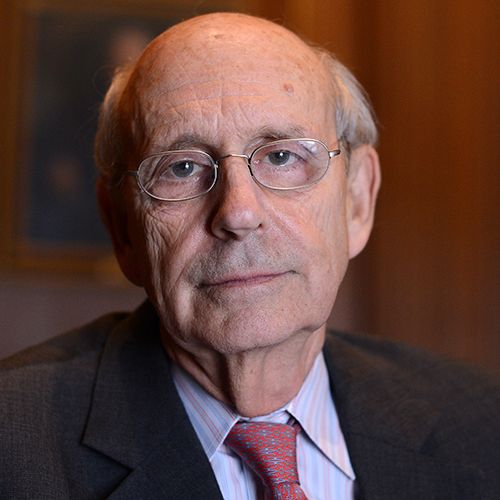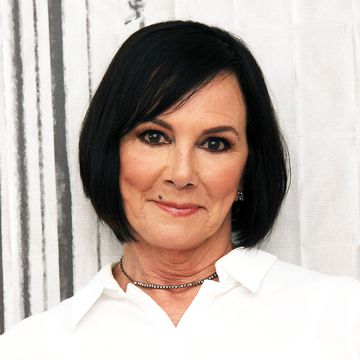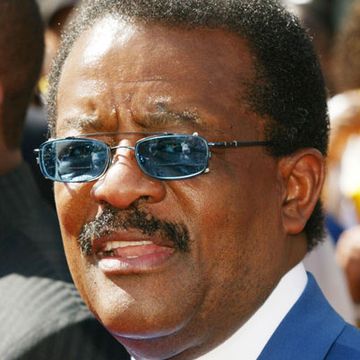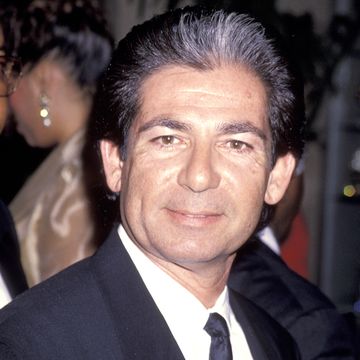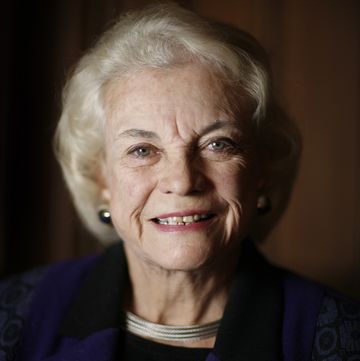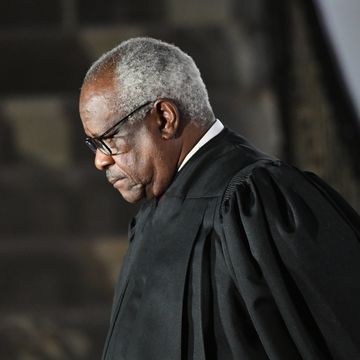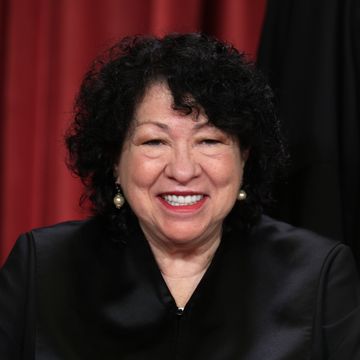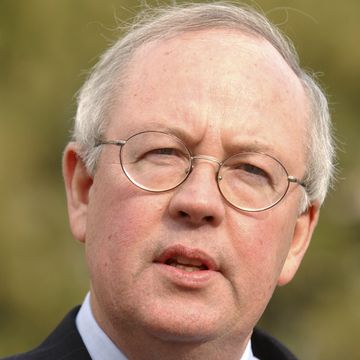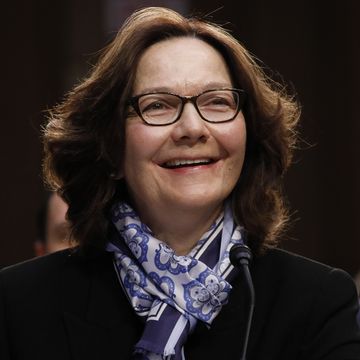(1938-)
Who Is Stephen Breyer?
Stephen Breyer attended Harvard Law School and eventually went on to teach law for more than two decades at his alma mater, and served as assistant prosecutor during the Watergate hearings. He was nominated to the Supreme Court by President Bill Clinton and sworn in on August 3, 1994. He also authored the 2010 book Making Our Democracy Work.
Early Years and Education
Stephen Gerald Breyer was born on August 15, 1938, in San Francisco, California. His father, Irving, was legal counsel for the San Francisco Board of Education and his mother, Anne, volunteered for the League of Women Voters. Influenced by his parents, the future Supreme Court justice developed an understanding of the importance of public service.
Displaying a formidable intellect at an early age, Breyer was known as the "troop brain" among his fellow Eagle Scouts. He joined the debate team at Lowell High School in San Francisco, and was voted "most likely to succeed" upon graduating in 1955.
After earning his undergraduate degree in philosophy from Stanford University in 1959, Breyer attended Oxford University's Magdalen College as a Marshall Scholar. He returned to the United States to enroll at Harvard Law School, joining the Harvard Law Review before graduating magna cum laude in 1964.
Early Legal Career
Breyer clerked for Supreme Court Associate Justice Arthur J. Goldberg for the 1964-1965 term, before becoming special assistant to the U.S. Assistant Attorney General for Antitrust. In 1967, he embarked on a lengthy tenure as a law professor at Harvard.
After serving on the Watergate Special Prosecution Force, in 1973, Breyer was appointed special counsel to the Senate Judiciary Committee, where he earned accolades for his bipartisan efforts to deregulate the airline industry. At the end of the decade, he became the Judiciary Committee's chief counsel.
With the lone judicial appointment of outgoing President Jimmy Carter to be confirmed by the Senate, Breyer took office as a judge of the U.S. Court of Appeals for the First Circuit in December 1980. He joined the U.S. Sentencing Commission in 1985, and in 1990, he was named chief judge of the Court of Appeals and a member of the Judicial Conference of the United States.
Supreme Court Justice
Initially considered for a seat on the Supreme Court upon the retirement of Byron White in 1993, Breyer instead waited another year to earn President Bill Clinton's nomination as a replacement for Harry Blackmun. Following a week of hearings, he was approved by the Senate by a vote of 87 to 9 and assumed his position as associate justice on August 3, 1994.
As the high court's junior justice for a near-record 11 1/2 years, Breyer developed a reputation for his pragmatism. Often in opposition to the originalist views of Justice Antonin Scalia, he championed an interpretation of the Constitution as a "living" document that required consideration of contemporary issues. As such, he penned a dissent in the 2008 case District of Columbia v. Heller, which ruled that the Second Amendment protects the right of individuals to keep and bear firearms for self-defense.
Breyer occasionally sides with his conservative colleagues, most notably in a 2014 decision that upheld a Michigan constitutional amendment that bans affirmative action in admissions to the state's public universities. However, he often allies with the court's liberal wing, as he did with the 2015 rulings that upheld the federal tax subsidies of the Affordable Care Act and the constitutional right for same-sex marriage.
In January 2022, it was revealed that Breyer will retire from the Supreme Court.
Personal Life and Books
During his early years as an assistant professor, Breyer met psychologist Joanna Hare, the daughter of British Conservative Party leader John Hare. The couple married in 1967, and they have three children.
Breyer has several interests outside of law, including cooking and bicycling. He was involved in a serious bike accident while under consideration for the Supreme Court in 1993, and met with President Clinton despite recovering from a punctured lung and several broken ribs.
Considered one of the best writers in the federal court system, Breyer has authored several books about federal regulation. More recently, he explained his judicial philosophies in his 2005 tome, Active Liberty: Interpreting Our Democratic Constitution, and in his 2010 book, Making Our Democracy Work: A Judge's View.
QUICK FACTS
- Name: Stephen Breyer
- Birth Year: 1938
- Birth date: August 15, 1938
- Birth State: California
- Birth City: San Francisco
- Birth Country: United States
- Gender: Male
- Best Known For: Stephen Breyer is an associate justice for the U.S. Supreme Court, who was nominated by President Bill Clinton.
- Industries
- Journalism and Nonfiction
- Law
- U.S. Politics
- Astrological Sign: Leo
- Schools
- Lowell High School
- Harvard Law School
- Stanford University
- Magdalen College, Oxford
Fact Check
We strive for accuracy and fairness.If you see something that doesn't look right,contact us!
CITATION INFORMATION
- Article Title: Stephen Breyer Biography
- Author: Biography.com Editors
- Website Name: The Biography.com website
- Url: https://www.biography.com/legal-figures/stephen-breyer
- Access Date:
- Publisher: A&E; Television Networks
- Last Updated: January 26, 2022
- Original Published Date: April 2, 2014
QUOTES
- The main thing I would like people to understand about the Constitution is that it does not decide how people in America should live their lives. That its basic object is to create a democratic form of government, a form of government that has limits, but within those limits there is enormous space for people to make up their own minds about how they want to live together in their communities.
- Much in the Constitution is written in a very general way. Words like 'freedom of speech' do not define themselves. Nor does the word 'liberty.' And what they intended with these very basic values, in a document, [was that they] would last for hundreds of years.
